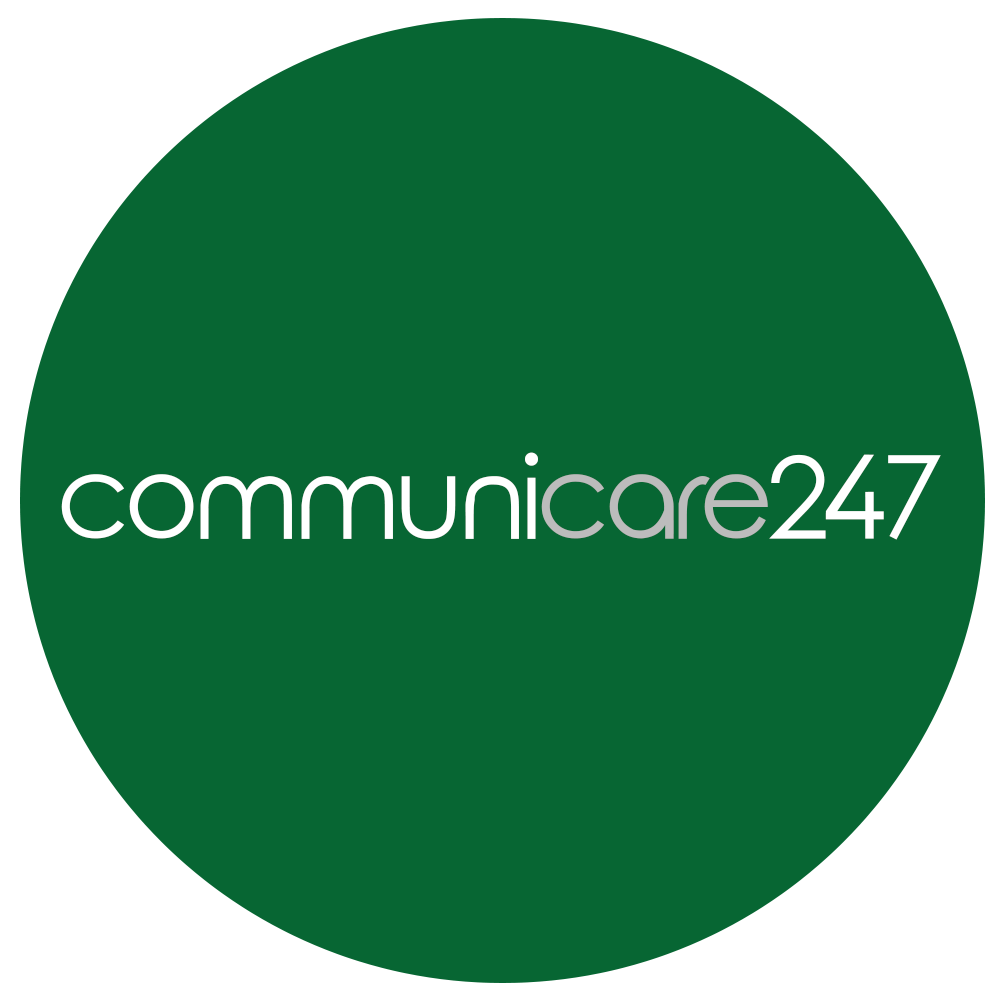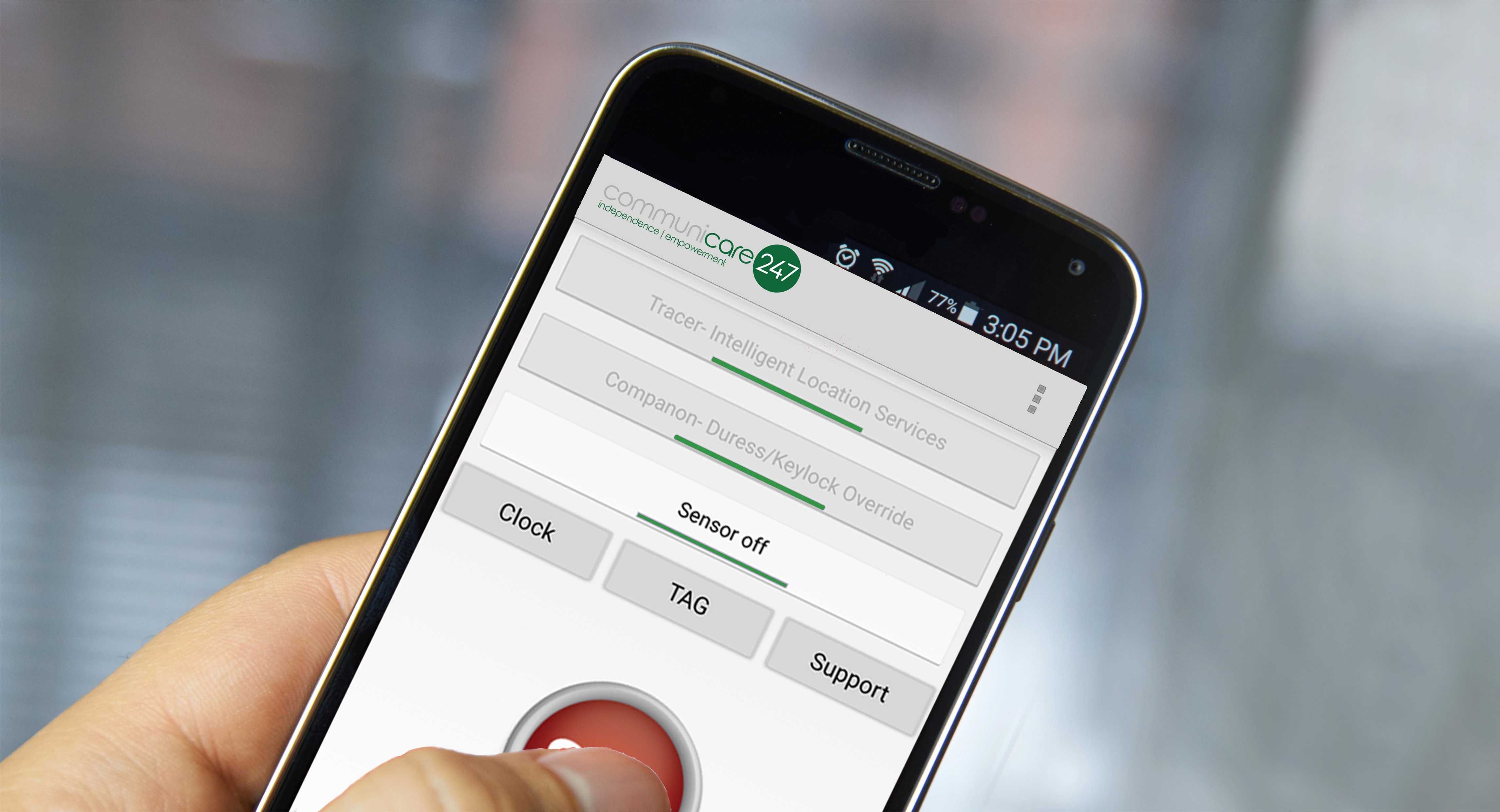Article published in The Herald
THE UK Government’s £20billion boost for NHS brings with it £2bn for Scotland’s health service. But will the funding be enough to meet the challenges created by Scotland’s rapidly ageing population?
Maybe, if we ensure the right approach is taken.
A recent commentator in this paper, the much-admired disability campaigner Dr Jim Elder-Woodward, highlighted concerns about how plans to reshape home care services to meet constrained budgets were affecting users.
On the subject of overnight sleepovers, he said that it would be “impossible” for telecare services to meet the unique needs of people reliant on care support in the home. And we agree that, as current telecare provision stands, it will be challenging to replace carers sleeping over with merely an analogue telecare-enabled hub.
But what is actually happening in Scotland is that those for whom overnight support is the right measure will continue to receive this.
As specialists in the design and delivery of digital telecare in Scotland, we believe there is also great potential in the deployment of technologies alongside traditional sleepover support and this has the potential to increase home care choices rather than deny them.
We believe that technology-enabled care will offer a win-win – improved outcomes for patients as well as cost-effective solutions for care services that face being squeezed by austerity on one side and unprecedented demand from the ageing population on the other.
As fears rise that the funding in England for social care will be delayed and require a rise in taxation, the Scottish Government is arguably further along in integrating primary and social care. It aims to ensure the best care possible while also ensuring it is affordable.
Efforts to deliver a health and social care system fit for the future are being spearheaded by organisations such as Healthcare Improvement Scotland (HIS) and Falkirk Council, each supporting “radical” change in the redesign of health and social care pathways. Falkirk is implementing a single platform, initially for telecare, that will bring all its outcome-focused systems together for its health and social care users.
But this journey is not going to be easy. HIS admits in its recently published operational plan 2018/19, that issues of sustainability and financial outlook mean “difficult decisions” and “tougher choices about priorities” must be made.
What care users in Scotland can look forward to is a commitment across government and the NHS to support systems in the home that are future-proof as well as offering what most of us want – to live as independently and with as much dignity for as long as we can.
In telecare, the changes are happening now as the UK phone network, which supports all home alarm systems in use across the UK, is starting its switch to digital. Taking full advantage of this shift will enable care commissioners such as local authorities to offer fall and movement sensors, medical dose monitors and many other technology-enabled applications to work in a way that is truly integrated across emergency and care services. It will also deliver dramatic cost savings as people are no longer delayed from being discharged from hospital.
But this will only happen if – as Dr Elder-Woodward pointed out – an increase in budgets can be found to implement integrated care systems both in Scotland and across the UK.
I’m confident that Scotland, which has a joined-up health and care system, has identified the right approach to delivering truly effective digitally-enabled care for its elderly and vulnerable citizens, and £2bn would be a great start to making it happen.



